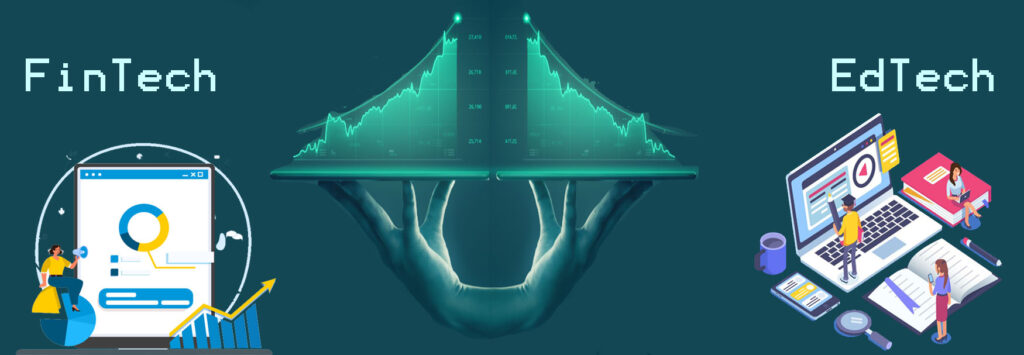
FinTech
Finance technology (fintech) refers to the use of software and technology to provide financial services and improve financial operations. Fintech solutions can range from mobile banking apps and online payment platforms to investment and wealth management tools. Here are a few examples of how software is being used in the fintech industry:
Online banking and payments: Online banking and payment platforms enable customers to manage their finances and make transactions online. These solutions can include features such as bill payment, money transfers, and mobile deposits.
Investment and wealth management: Investment and wealth management tools use software to automate investment processes, provide investment advice, and manage portfolios. These solutions can include robo-advisors, trading platforms, and financial planning software.
Blockchain and cryptocurrencies: Blockchain technology and cryptocurrencies are being used to improve security and transparency in financial transactions. Blockchain can be used to create secure ledgers for tracking financial data, while cryptocurrencies can provide alternative payment methods and facilitate cross-border transactions.
Risk management and compliance: Risk management and compliance software can help financial institutions comply with regulations and manage risk. These solutions can include fraud detection and prevention, anti-money laundering (AML) and Know Your Customer (KYC) compliance, and cybersecurity tools.
Data analytics and artificial intelligence: Data analytics and artificial intelligence (AI) tools can help financial institutions analyze data and make informed decisions. These solutions can include credit risk analysis, fraud detection, and personalized financial advice.
Overall, fintech solutions are transforming the financial industry by providing new and innovative ways to manage finances, invest, and make payments. As technology continues to evolve, we can expect to see even more exciting developments in fintech.
EdTech
Education technology (EdTech) refers to the use of technology and software to enhance teaching and learning experiences. EdTech solutions can include software platforms, digital tools, and educational apps designed for use in classrooms, remote learning environments, or self-directed learning. Here are a few examples of how software is being used in the EdTech industry:
Learning management systems (LMS): LMS platforms enable educators to create, manage, and deliver online courses and educational content. These platforms can include features such as quizzes, assessments, and multimedia content.
Online learning and video conferencing: Online learning platforms and video conferencing tools are being used to facilitate remote learning and distance education. These solutions can include features such as virtual classrooms, online discussions, and real-time collaboration.
Gamification and interactive learning: Gamification and interactive learning tools can help engage students and promote active learning. These solutions can include educational games, simulations, and interactive multimedia content.
Adaptive learning and personalized learning: Adaptive learning software can tailor learning experiences to individual students, based on their strengths, weaknesses, and learning styles. These solutions can include personalized lesson plans, assessments, and progress tracking.
Data analytics and artificial intelligence: Data analytics and AI tools can help educators track student progress, analyze learning outcomes, and improve educational strategies. These solutions can include predictive analytics, recommendation engines, and intelligent tutoring systems.
Overall, EdTech solutions are transforming the way educators teach and students learn, providing new opportunities for personalized and engaging educational experiences. As technology continues to evolve, we can expect to see even more exciting innovations in EdTech.
